Cephalanthus Sugar Shack Dwarf Buttonbush
$19.00
Genus:Cephalanthus
Species:occidentalis
Variety:’SMCOSS’
ppaf:PP26543
Item Form:1-Quart
Zone:5 – 10
Bloom Start to End:Early Summer – Late Summer
Habit:Dwarf
Plant Height:3 ft – 4 ft
Plant Width:3 ft – 4 ft
Additional Characteristics:Berries,Bloom First Year,Butterfly Lovers,Easy Care Plants,Fall Color,Fast Growing,Flower,Fragrance,Free Bloomer,Hummingbird Lovers
Bloom Color:White
Foliage Color:Burgundy,Medium Green
Light Requirements:Full Sun,Part Shade
Moisture Requirements:Moist, well-drained,Wet
Resistance:Disease Resistant,Heat Tolerant,Humidity Tolerant,Pest Resistant
Soil Tolerance:Clay,Normal, loamy,Poor,Sandy
Uses:Border,Containers,Fall Color,Foliage Interest,Hedge,Specimen,Idaho
A Proven Winners ColorChoice Flowering Shrubs variety, a glorious dwarf selection of the Native American species, Sugar Shack regales you with ever-changing color and interest. In addition to the knobby button-like red fruits for which it is named, it offers fragrant white blooms in midsummer, rich burgundy fall foliage, and a pleasingly rounded, symmetrical habit. Add to this its willingness to thrive in damp and boggy soils and its appeal to butterflies, and you have an all-around indispensable shrub for sun to partial shade.
The show begins in spring when glossy, bright green new foliage leafs out on this deciduous shrub, which reaches just 3 to 4 feet high and wide. Just half the size of the species, it’s a terrific fit in most borders, woodland gardens, and even the foundation.
By midsummer, the Sputnik-shaped white fruit is dotting Sugar Shack very liberally, bringing bees, butterflies, and even hummingbirds in to pay their respects (and pick up some nectar). These luminous white blooms are unlike any other in the garden, quite a show when observed up close. Sweetly fragrant, they add a lot to the garden.
The flowers are followed by hard, roundish, knobby little berries that begin green and ripen to a deep shade of red. Of course birds like them, but you will too—they’re quite as showy as the blooms. They’ll persist all autumn and may even outlast the deciduous foliage, showing up even better on leafless stems in winter.
In the wild Buttonbush tends to be a bog plant, so it doesn’t mind wet soil, standing water, and other moisture-rich conditions. Ordinary moist soil is fine too, but it cannot withstand dryness. Find a poorly-draining spot and transform it with Sugar Shack.
| Weight | 1 kg |
|---|---|
| Dimensions | 1 × 1 × 1 cm |
Shipping Time
Shipping is an additional 15-35 business days depending on location. Shipping time will be provided at checkout.
Returns
If seeds fail to leave China, we will refund your payment 100%. But if seeds fail to reach you due to customs problem on your side which we were not informed in advance, we will not be able to bear any loss, and no refund will be made.
We sell only viable plants seeds online, and test germination of our seeds from time to time. So we will not be able to refund for seeds that clients fail to germinate, unless we are convinced that it's truly problem of our seeds.
———
Please send us an email: [email protected] and be as detailed as possible while filling in the information.
After submission, We will reply to you within 24 hours. Please be patient.
———
CHARGEBACKS & DISPUTES
Please contact us by email before opening a merchant chargeback or payment dispute, as we can generally resolve the issue before that takes place. Any chargebacks and disputes disable our ability to issue refunds or credits due to funds being frozen.
———
REFUND, EXCHANGE AND RETURN
Customers have the right to request a refund/ return/ exchange within 14 days from the delivery date. Our Customer Service team will offer the best solutions for specific situations.

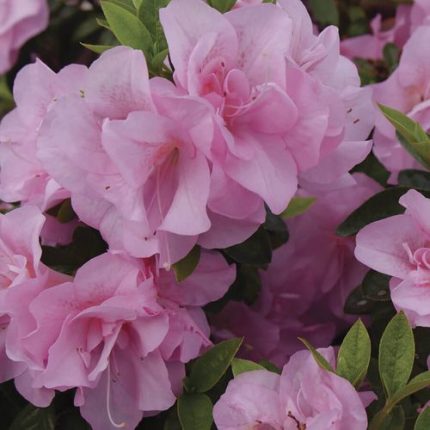
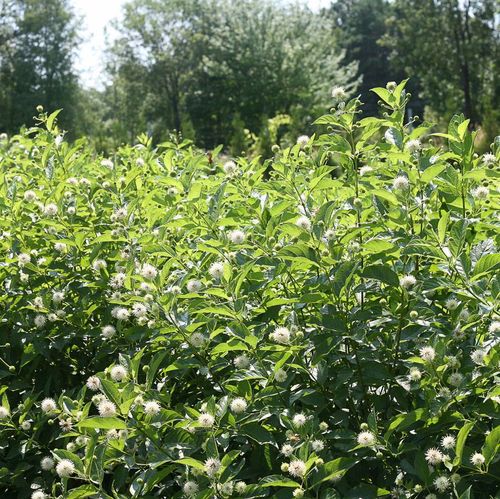
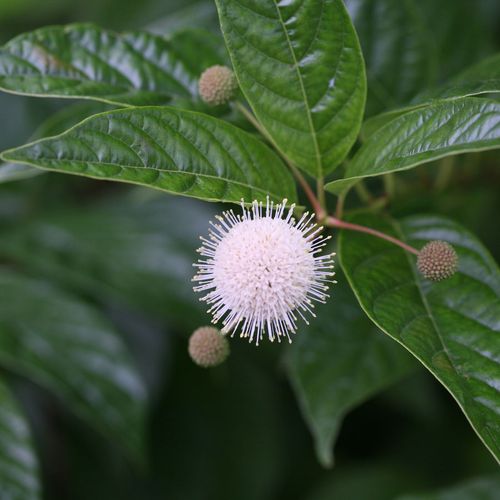
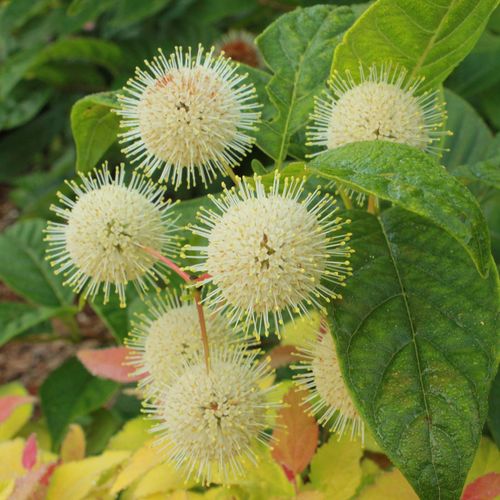
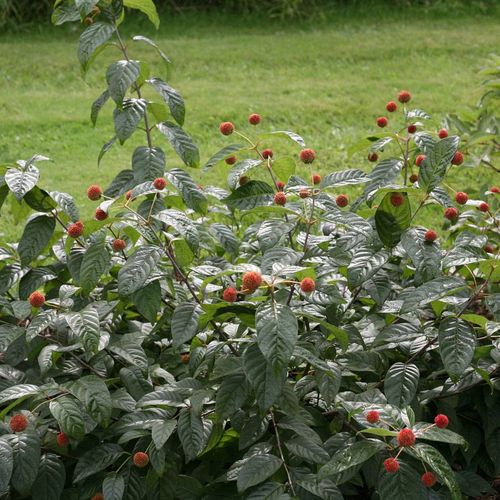
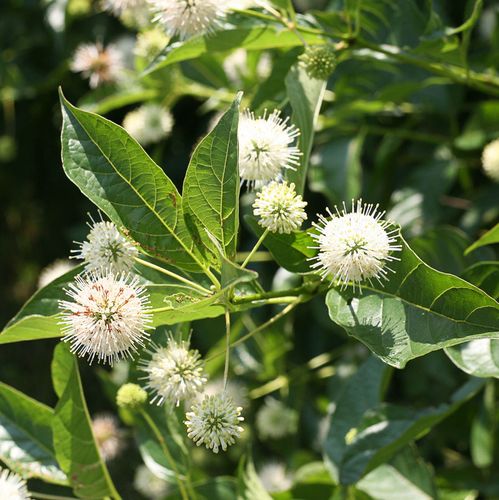
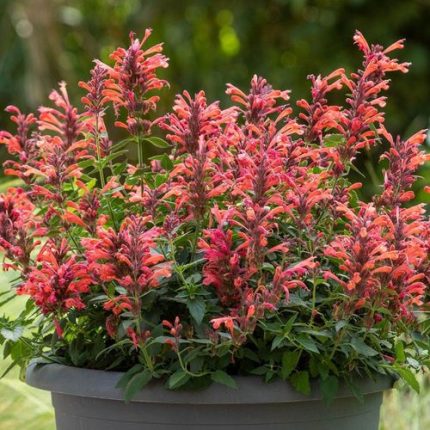

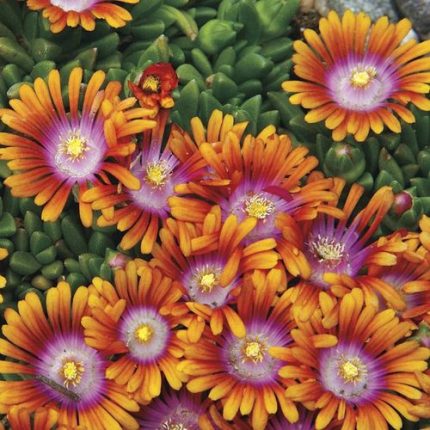
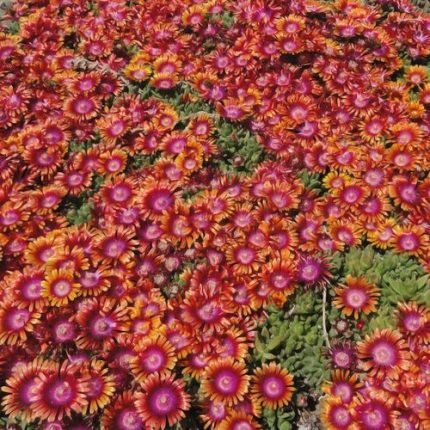
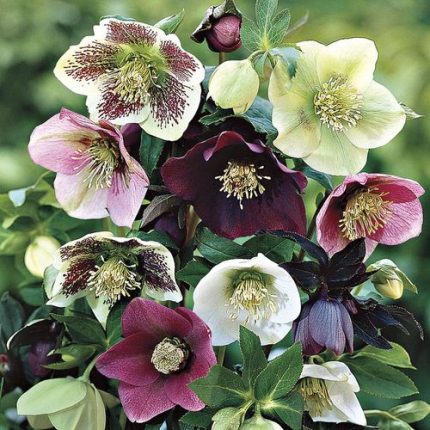
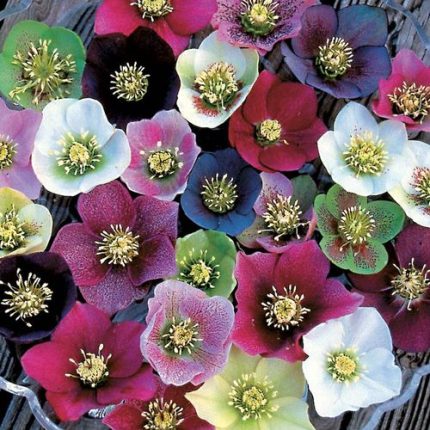
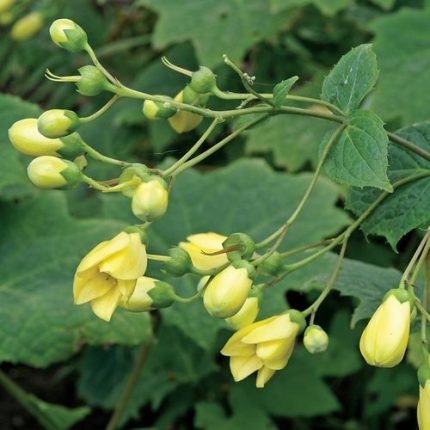
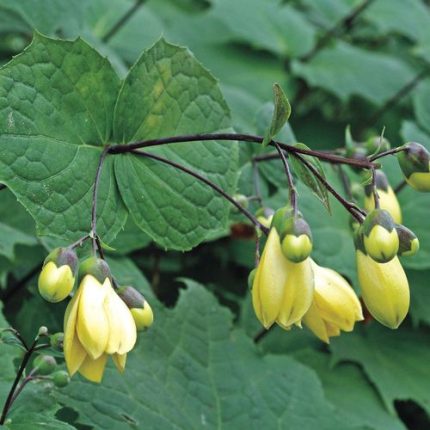
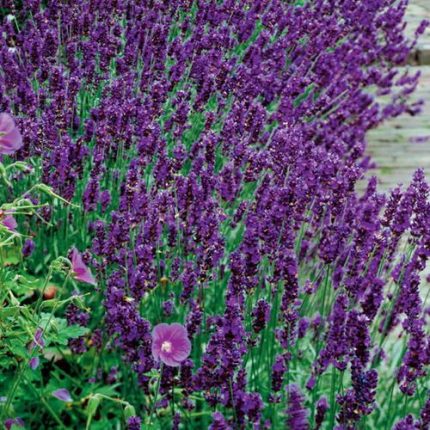
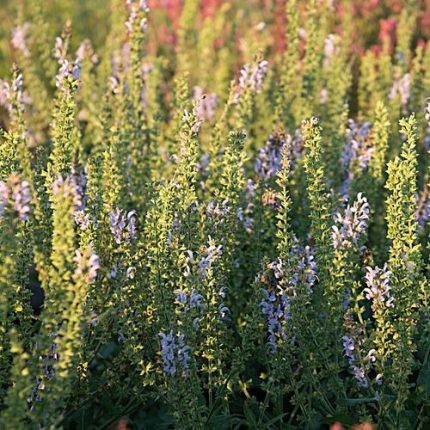
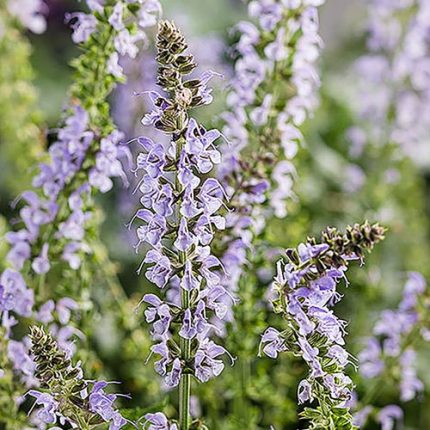
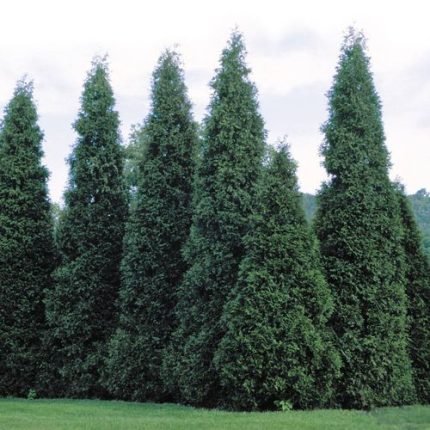
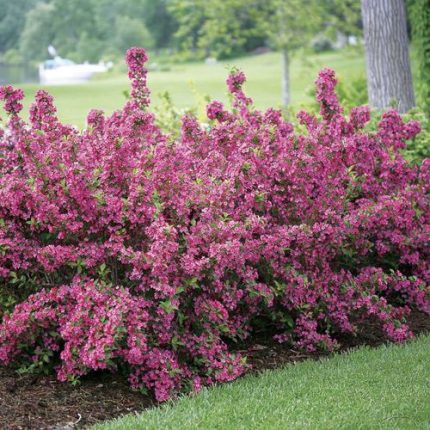
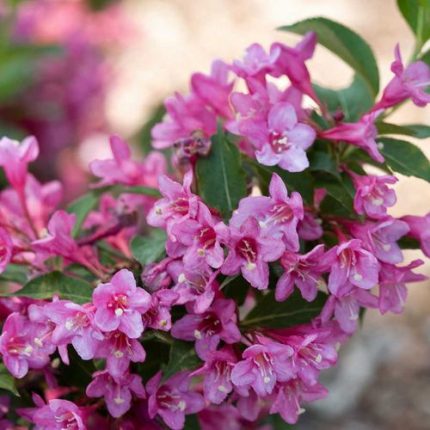
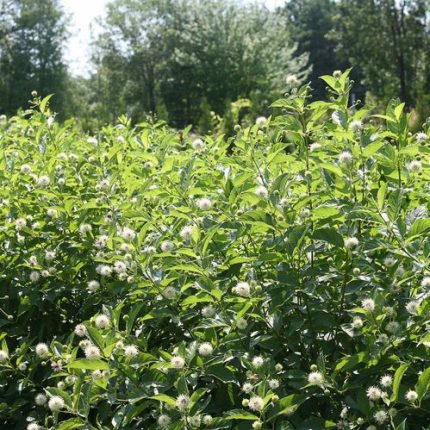
Reviews
There are no reviews yet.